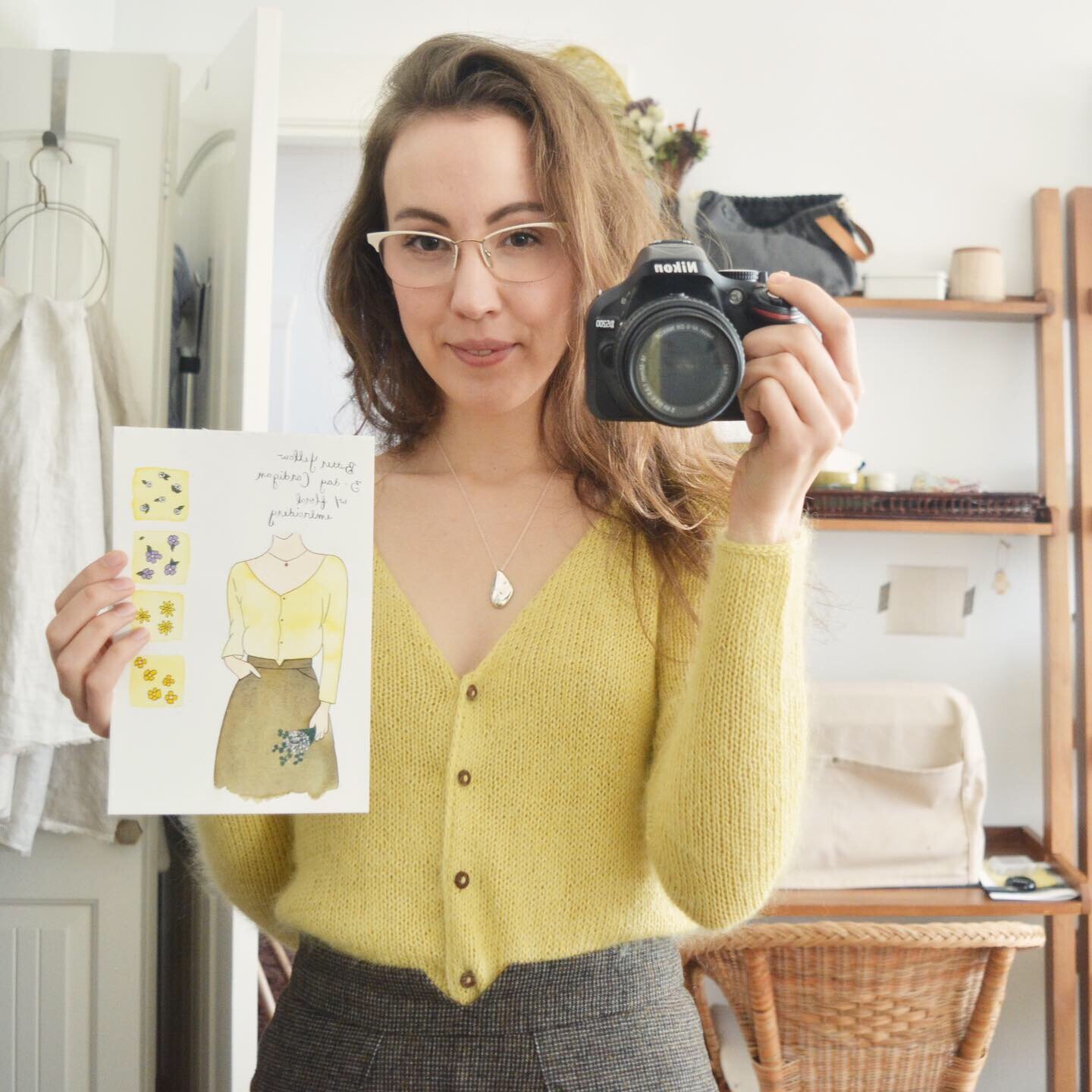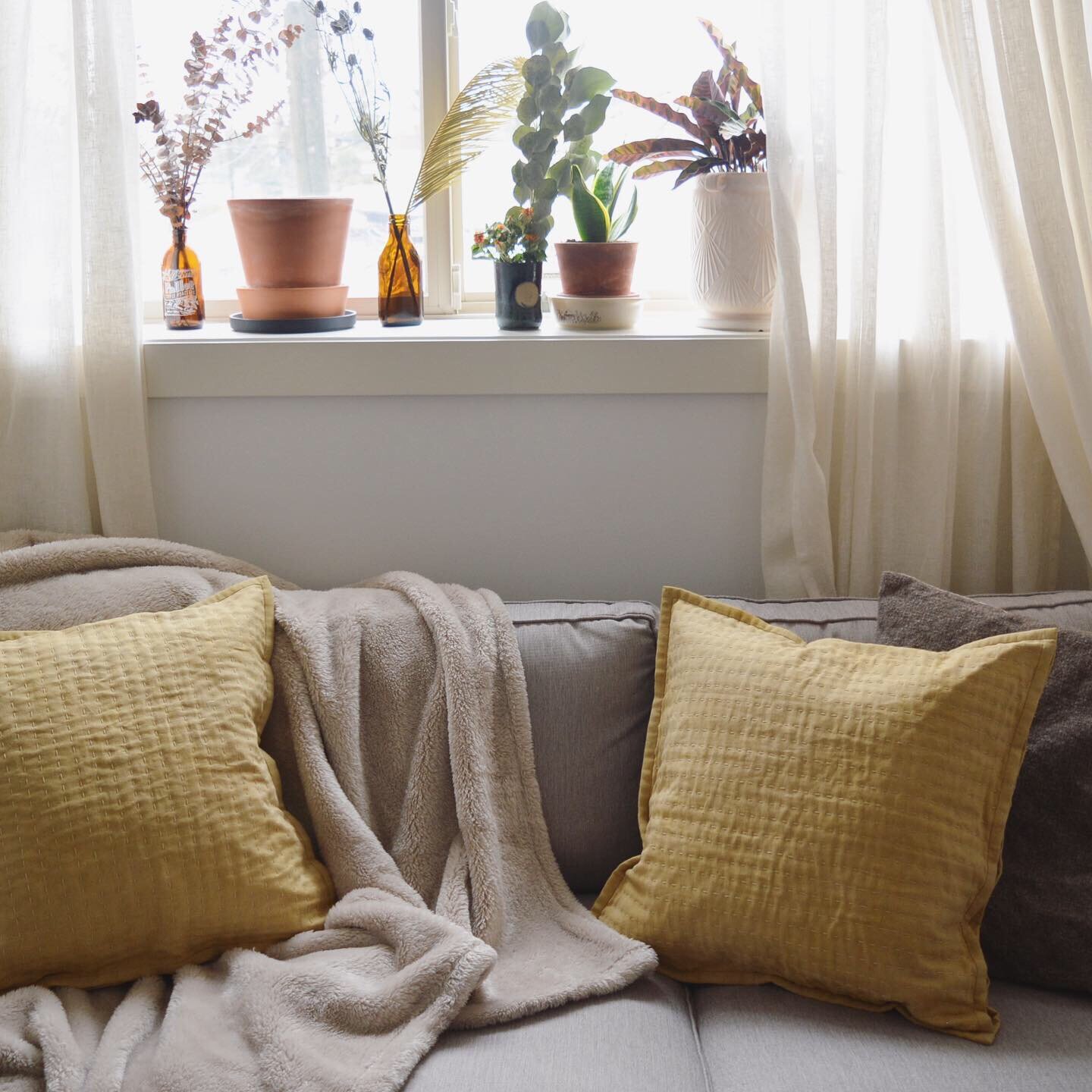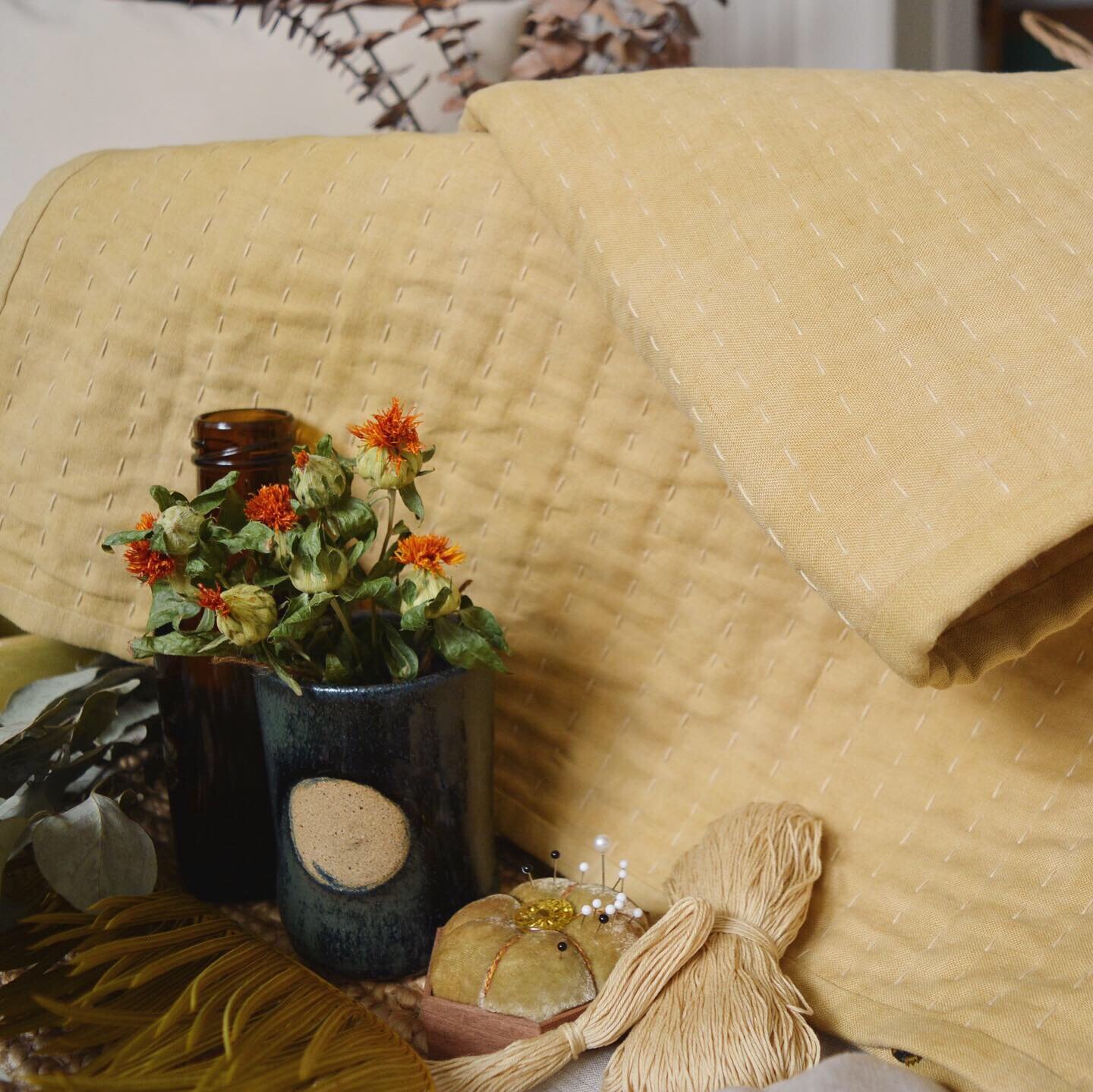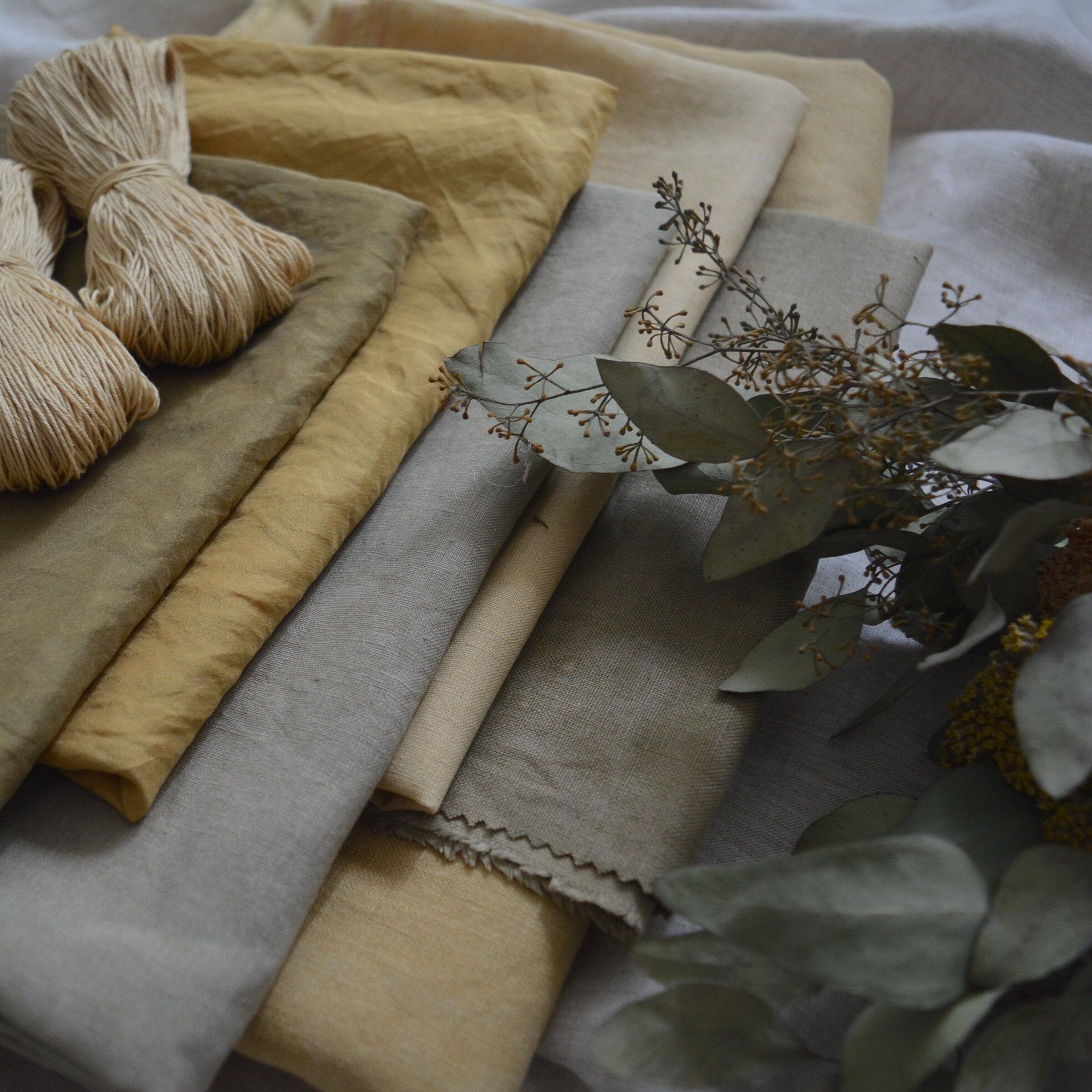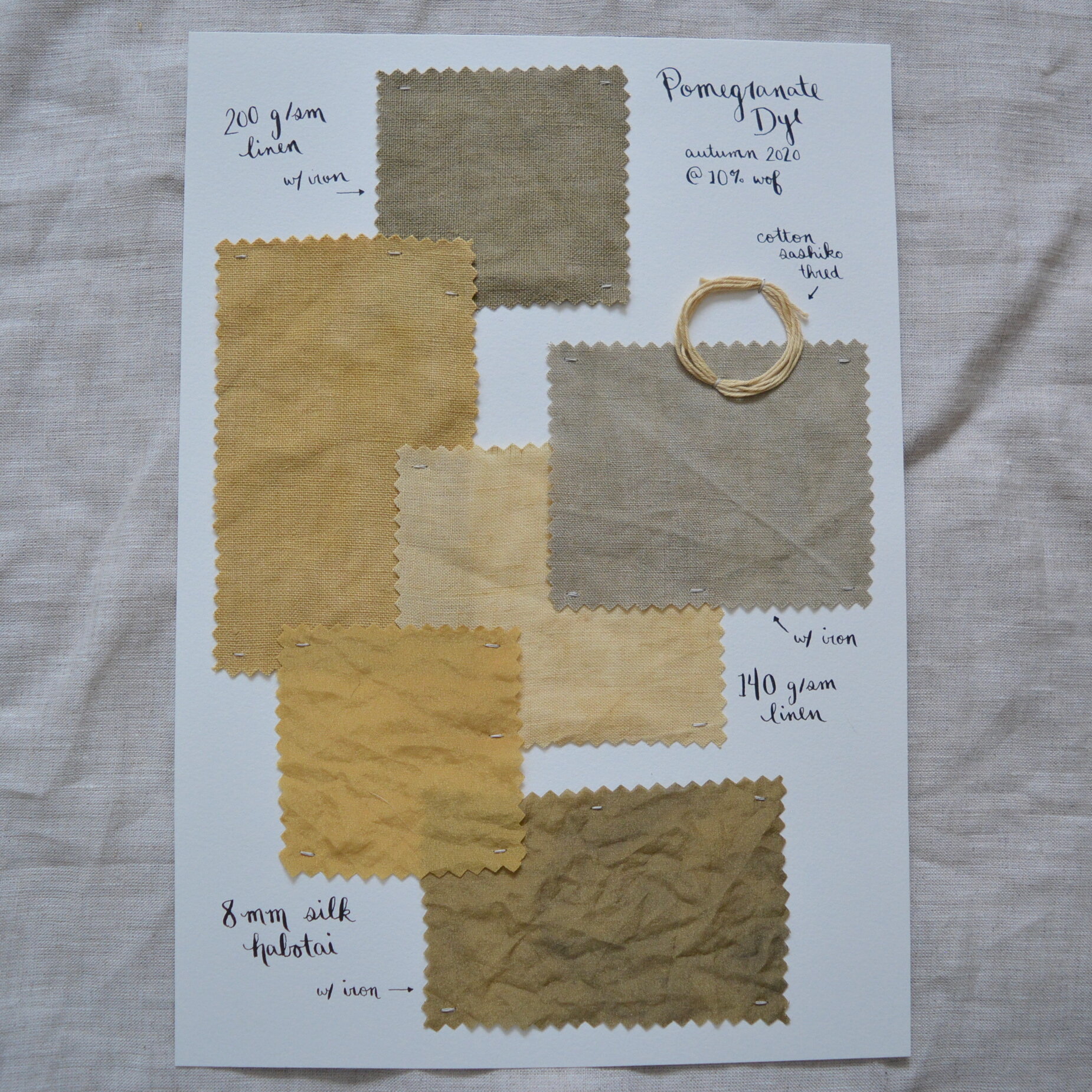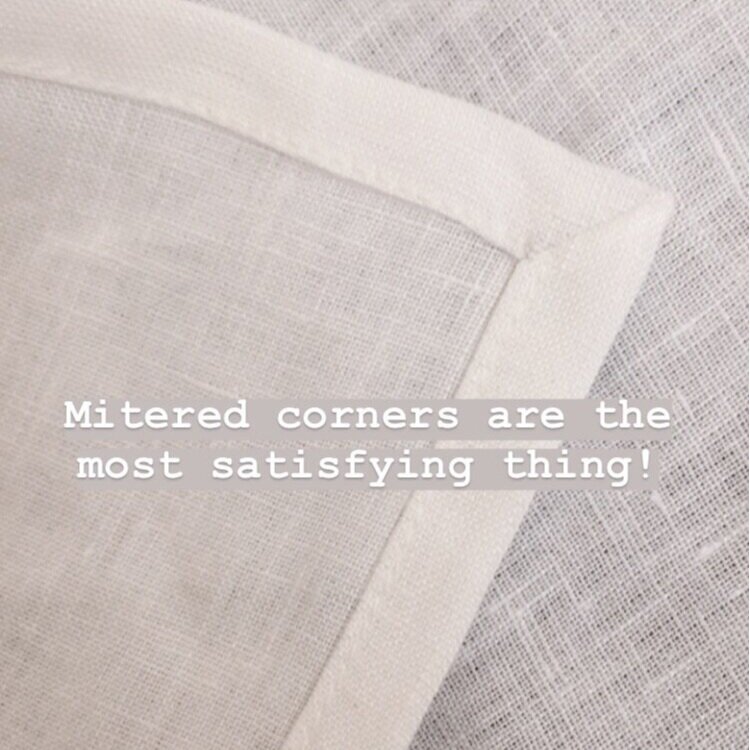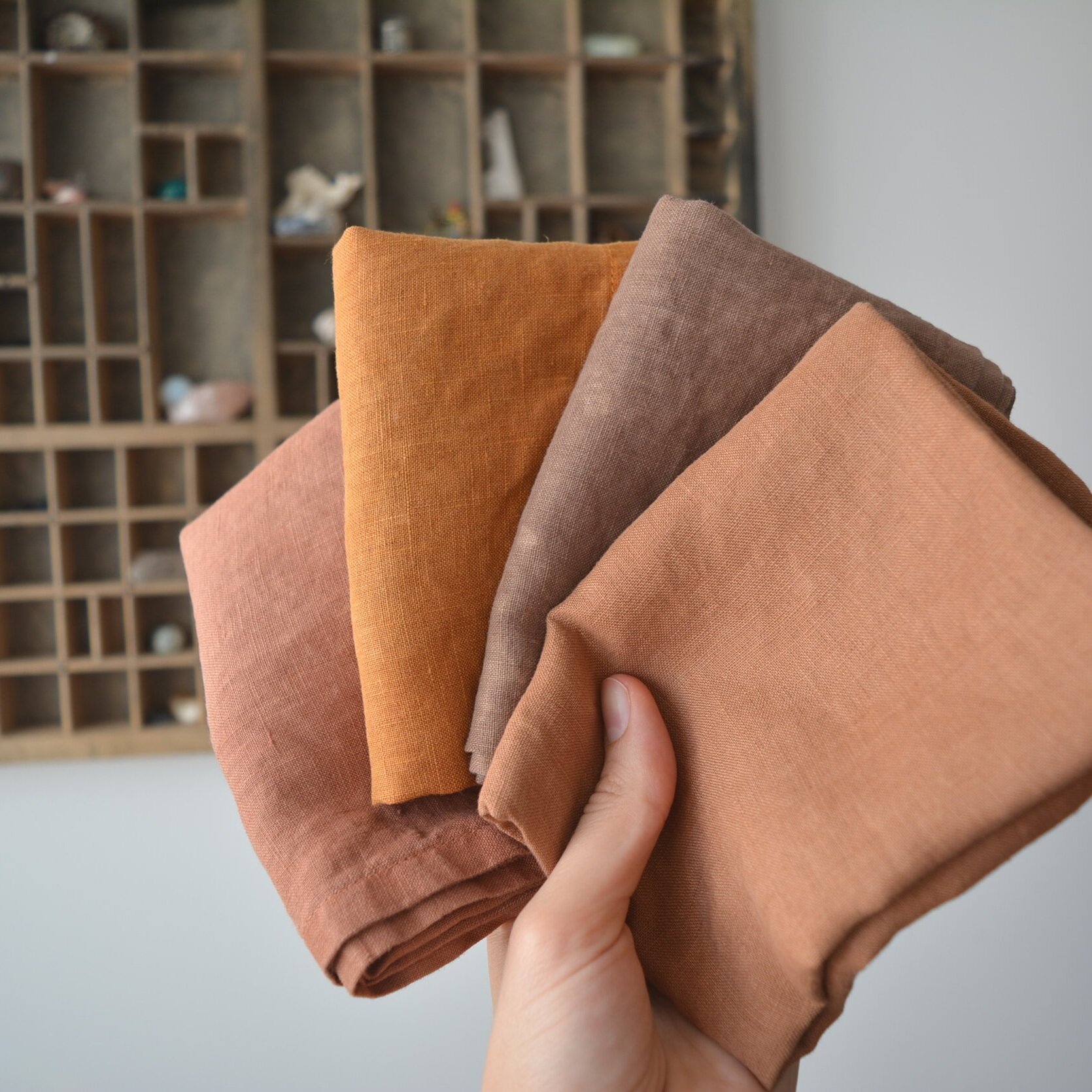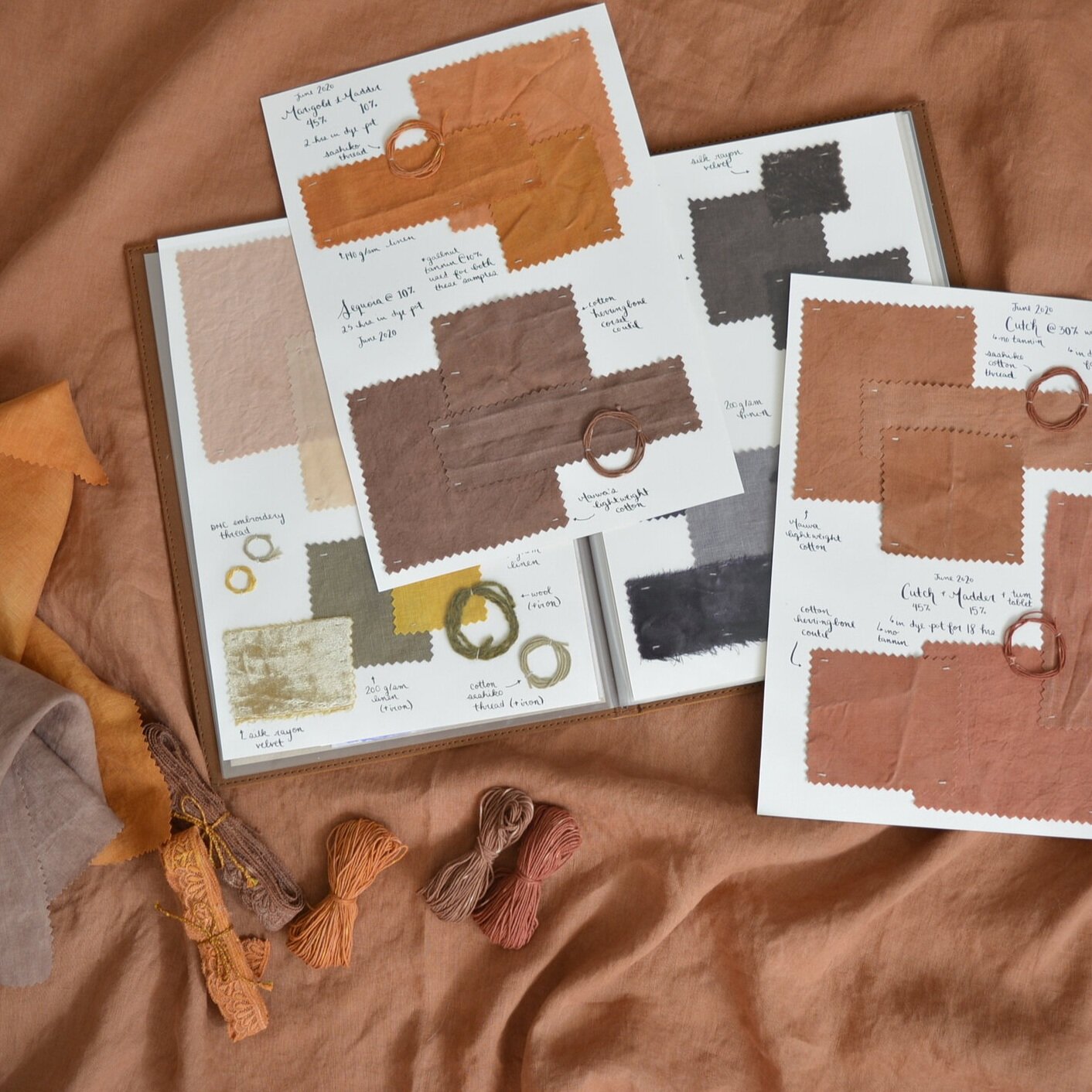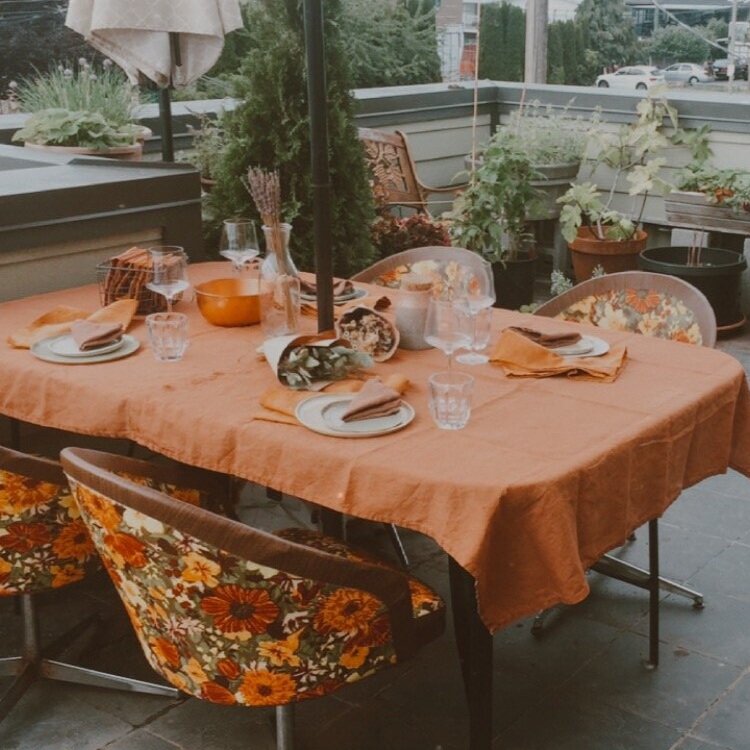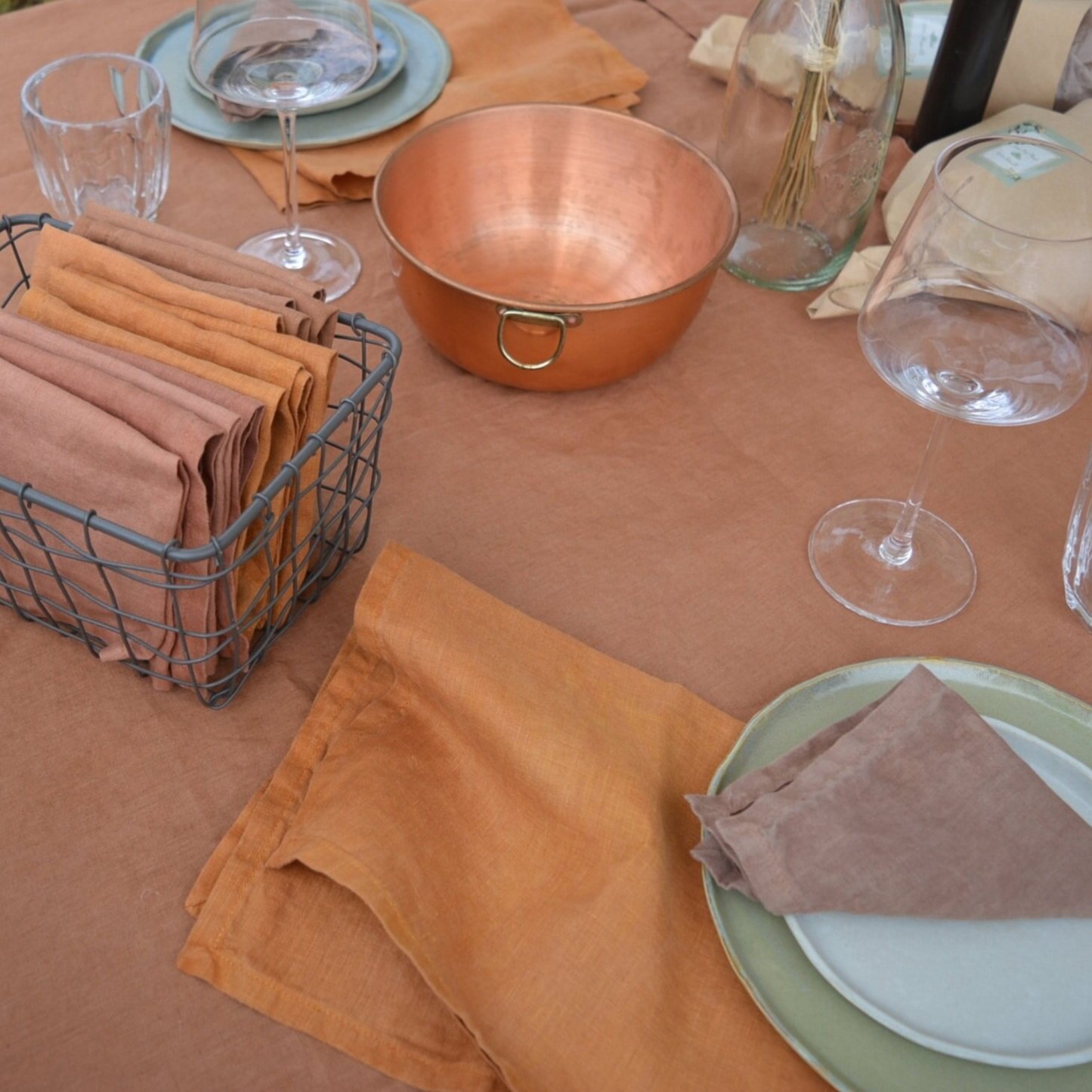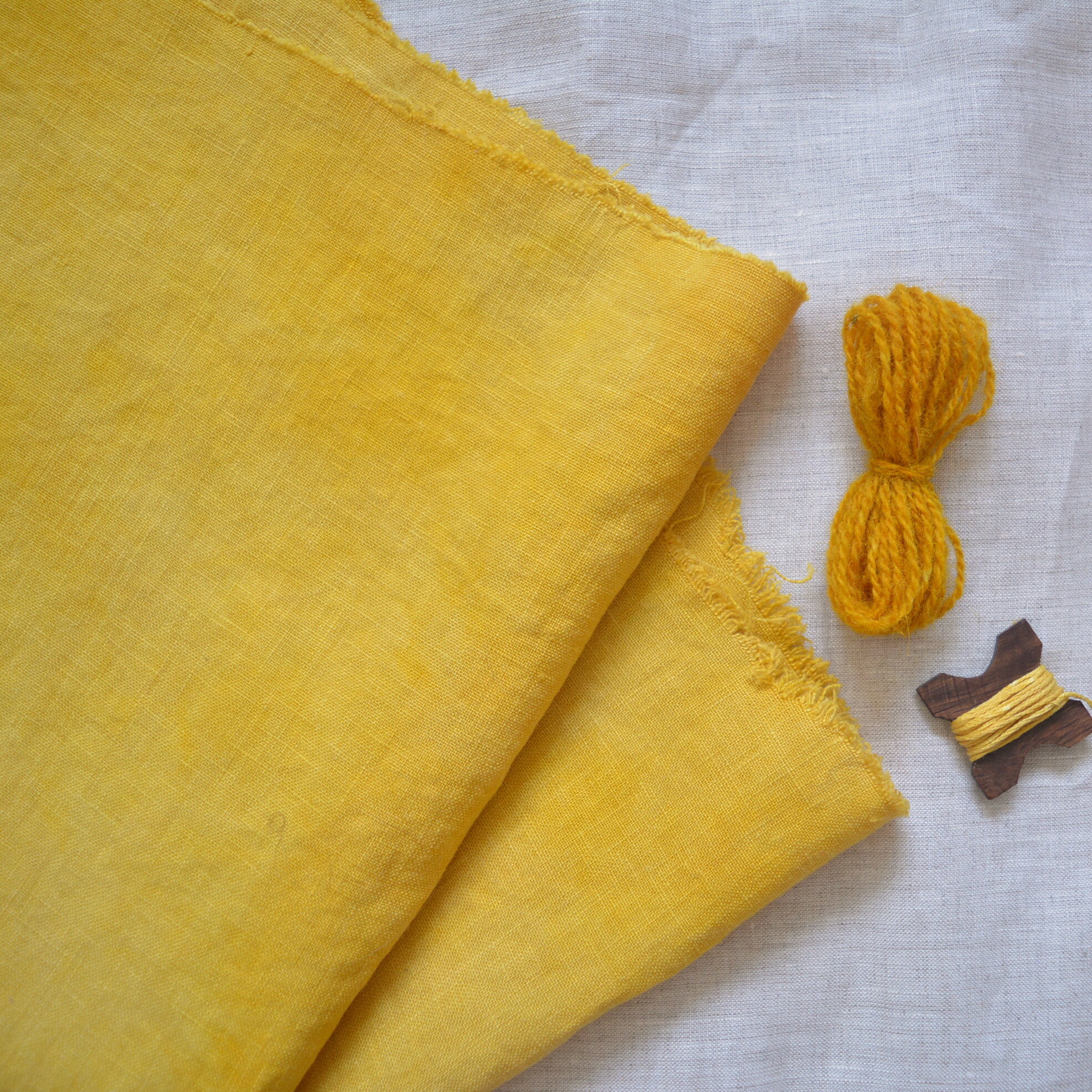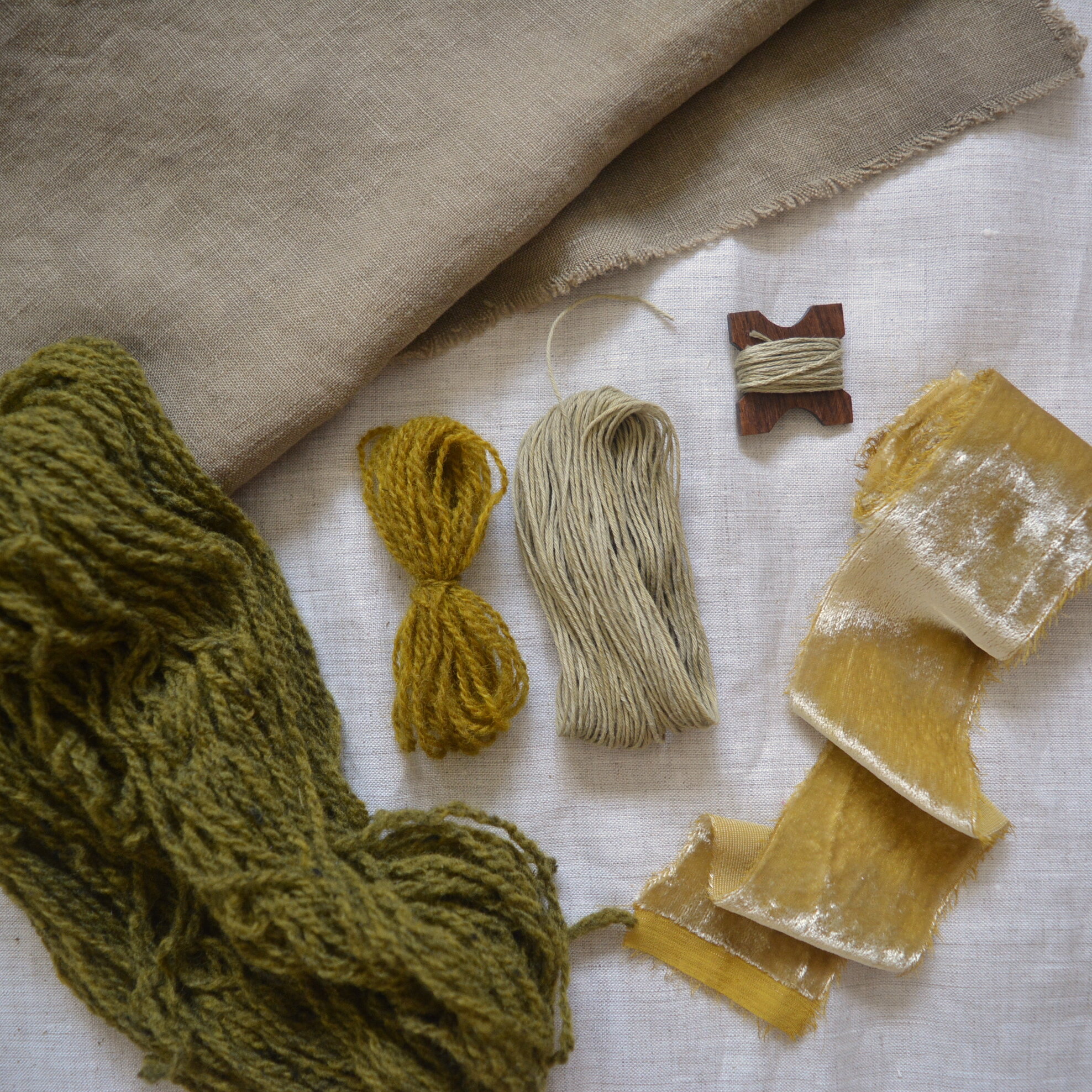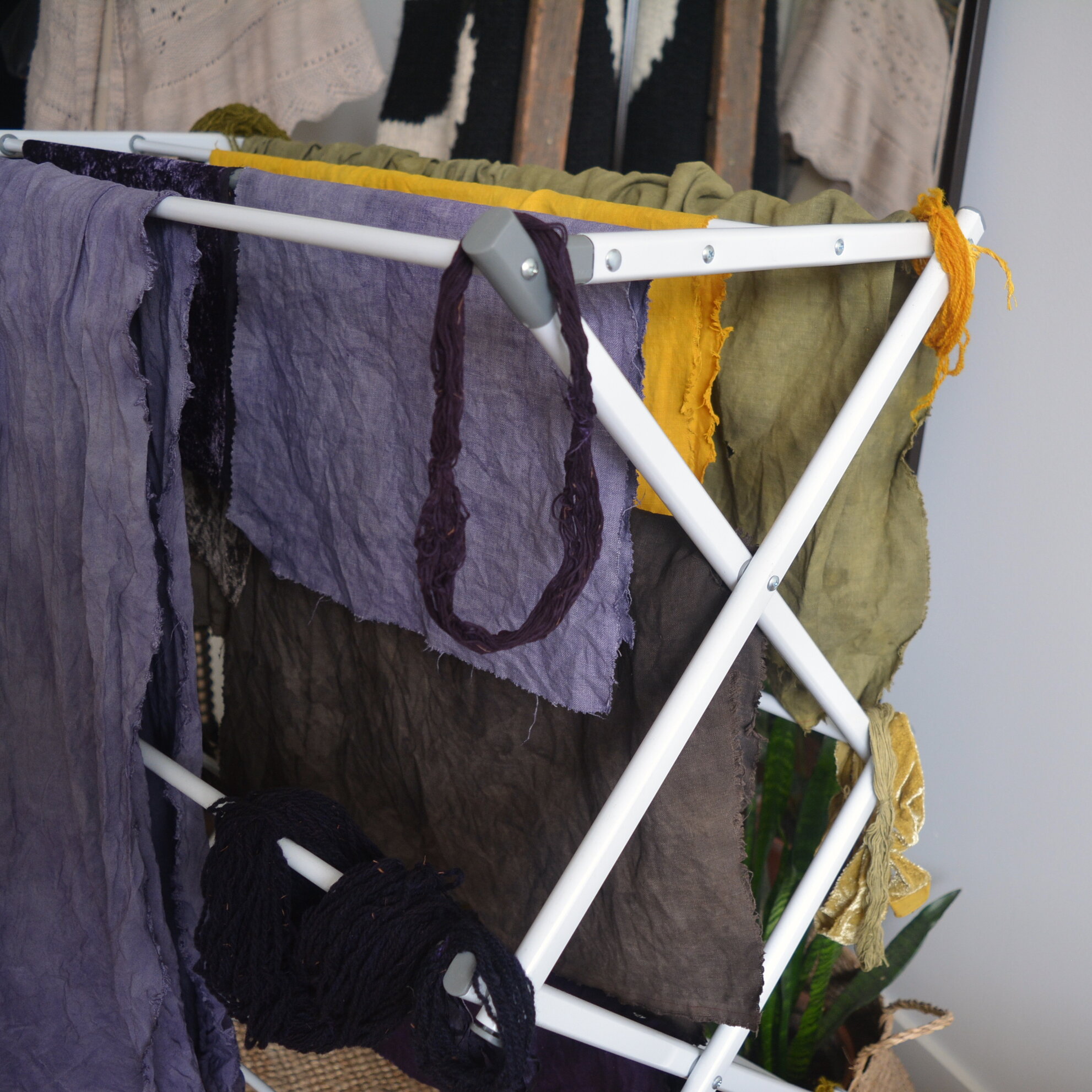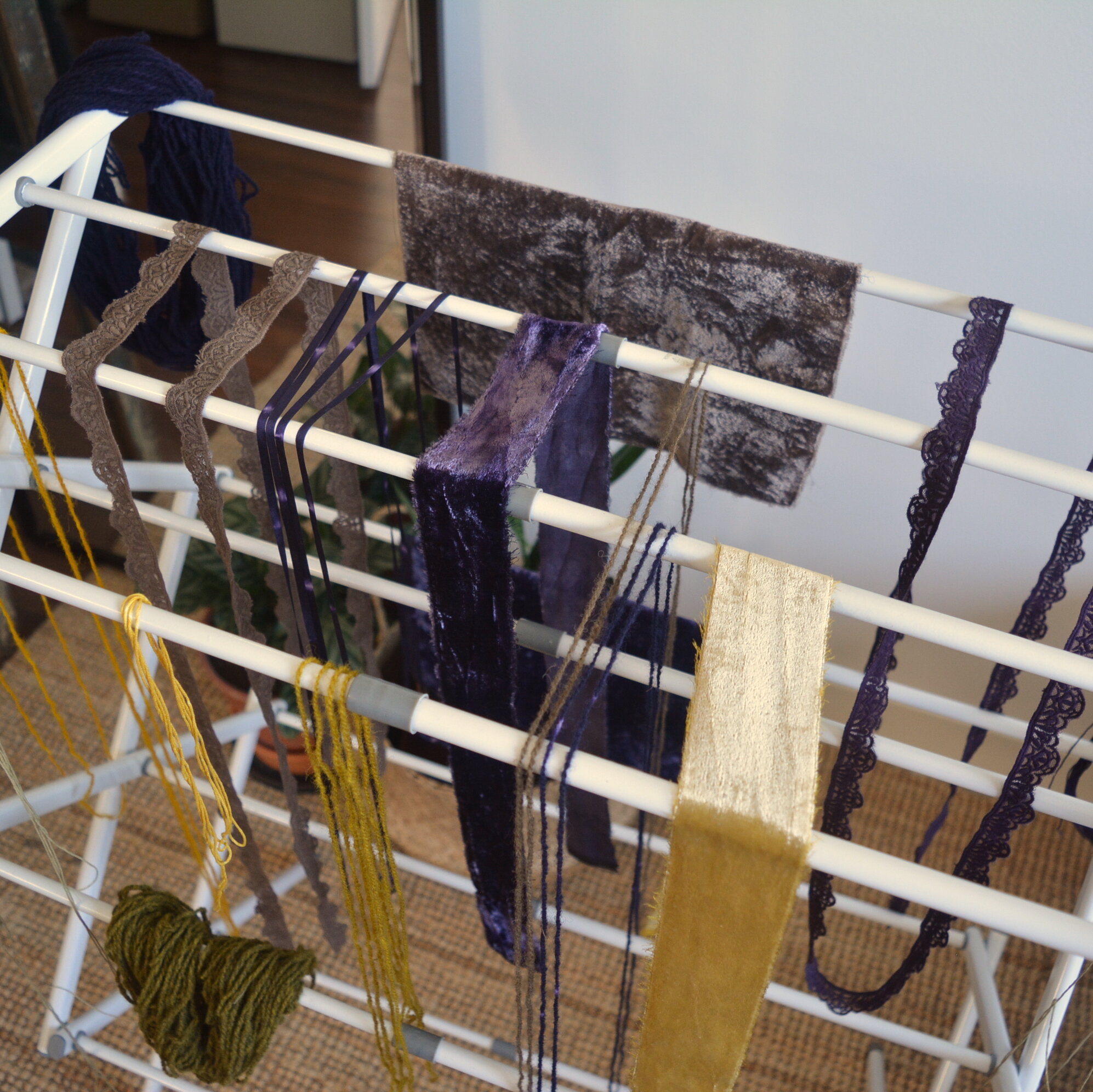A Vintage Pattern and the Three Day Cardigan
/Drawing sketches of my garment plans and then bringing them to life is still new to me but I love how it turns the process of making my clothes into what feels like a purposeful story. Each project starts to take on its own narrative in my head and finishing becomes so exciting as all the elements start to come together. I first did a sketch for my Wattlebird Cami + Fawn Skirt combo and I'm hoping this habit will become the prevailing practice for me.
The Three Day Cardigan by Plystre Knitwear has been on my mind for some time now because I thought if I loved the fit, it could become a pattern I knit up in multiple colours. I also really thought I might be able to knit an entire cardigan in three days (we may as well note here that was absolutely not the case). I ordered some yellow yarn from Knitting for Olive and while I waited for that to come in the mail I did the quick watercolour sketch of the cardigan paired with a wool skirt that I just started sewing.
I've been getting some sewing inspiration from browsing Etsy for vintage patterns and then starting to plan from there. This wool skirt is from a 1940's pattern which is so simple but still has some beautiful details. It did take me 2 mock-ups to fit before I could cut into the wool and make the real skirt, but that's also because I'm still fairly new to altering patterns to fit me, so the adjustments I make to patterns don't always work perfectly the first time. Anyways this skirt became such a special project to me because I put so much care and attention into the details. The lining is a pomegranate dyed silk habotai fabric, the linen yoke facing is from that same dye, the wood buttons up the back were very carefully considered, and the linen bias tape as a hem facing looks so professionally finished to me. This skirt had so many tiny little hand finishing stitches put into it to make it look polished on both the outside and the inside.
Eventually my intention is to add some floral wool embroidery to the cardigan but I'm holding off because I'm still undecided on the colour. The cardigan is knit up using Knitting for Olive Pure Silk in Quince and their Soft Silk Mohair in Marshmallow Yellow, and I think these two colours together create a tone that just doesn't complement my skin. So while I love the idea of a soft butter yellow fitted cardigan, this particular one might get a dip in a dye bath before I add the embroidery. Still undecided, but for now I will try to wear these pieces as often as I can before spring arrives and wool skirts and fuzzy cardigans become impractical.
Links for cardigan resources:
Pattern: Three Day Cardigan by Warunee Bolstad
Yarn: Knitting for Olive Pure Silk in Quince
Yarn: Knitting for Olive Soft Silk Mohair in Marshmallow Yellow
Links for wool skirt resources:
Pattern: A lucky find from Etsy
Wool: Atex Designer Fabrics
Lining: 8mm silk habotai from Maiwa
Dye: ground pomegranate rind from Maiwa
Read about my experience dying with pomegranate here.


